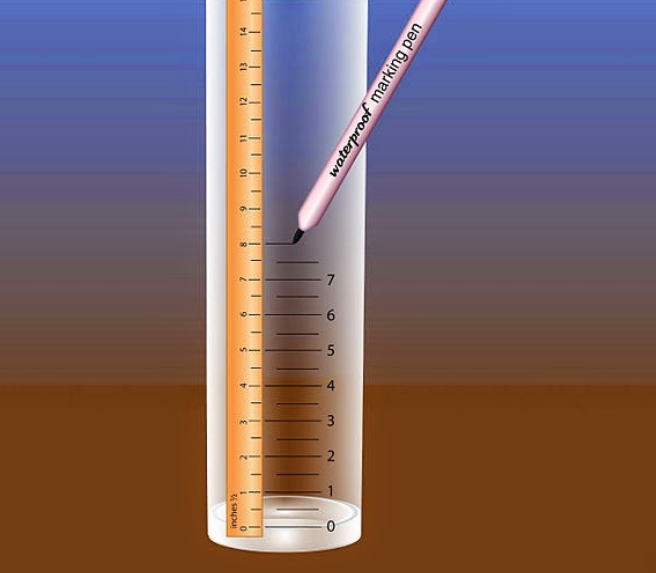36.HOW DO THEY MEASURE A RAINFALL?
Rainfall is now being measured in most parts of the world by means of an instrument called a rain gauge. The gauge of the United States Weather Bureau is shaped like a hollow tube closed at the lower end, with a funnel in the top.
This gauge is placed in an unsheltered place, and a graduated scale shows exactly how much rain has fallen in it. The Weather Bureau says that there has been an inch of rainfall if enough rain has fallen to make a sheet of water an inch deep over a given area.
A place having less than 10 inches (25 centimeters) in a year is called a desert. Ten to 20 inches (25 to 50 centimeters) supports grass for grazing, but more than 20 inches is necessary for agriculture.
If more than 250 centimeters fall in the warm season, vegetation becomes so thick that cultivated plants are choked out. This is the case in the jungles of Brazil, in central Africa, and in India. There is a place in India, Cherrapunji, that gets about 1140 centimeters of rain a year! By way of contrast, Egypt receives about 4 centimeters a year. In the United States, the coasts of Washington and Oregon get the most, about 200 to 250 centimeters. Parts of Arizona get less than 8 centimeters a year. Highest recorded year’s rainfall in Britain is 257 inches (653 centimeters) in Cumberland, in 1954.



Leave a Reply